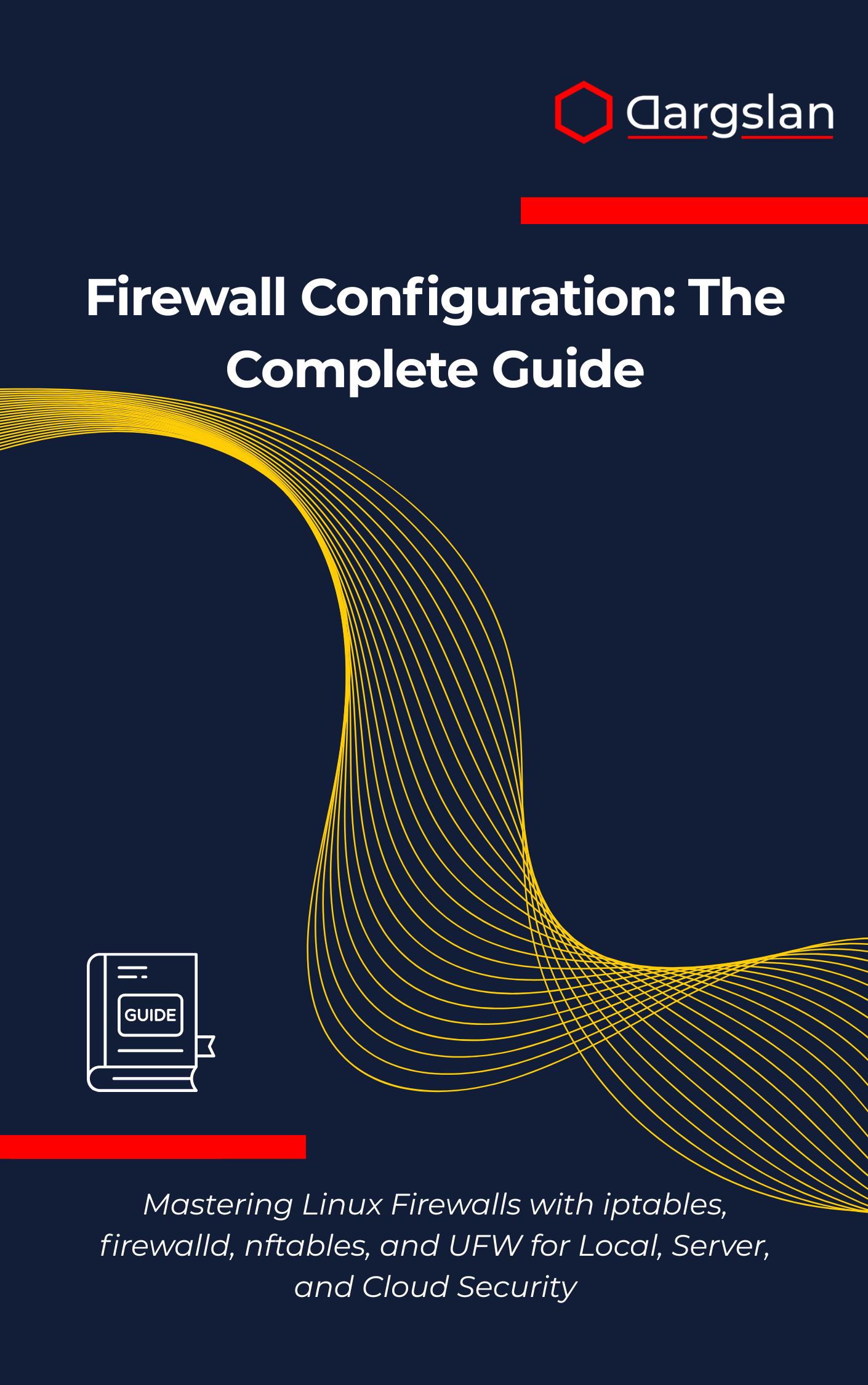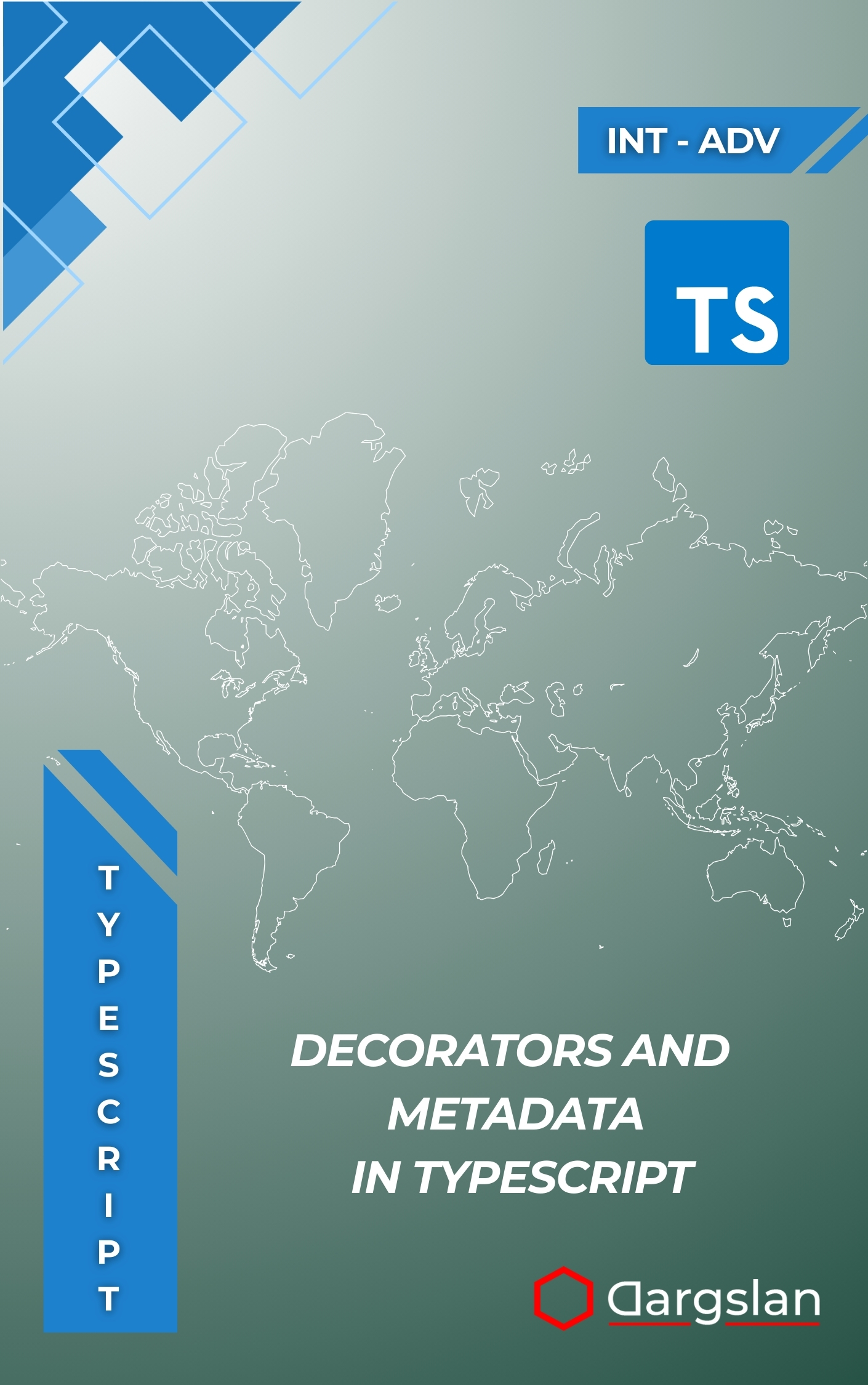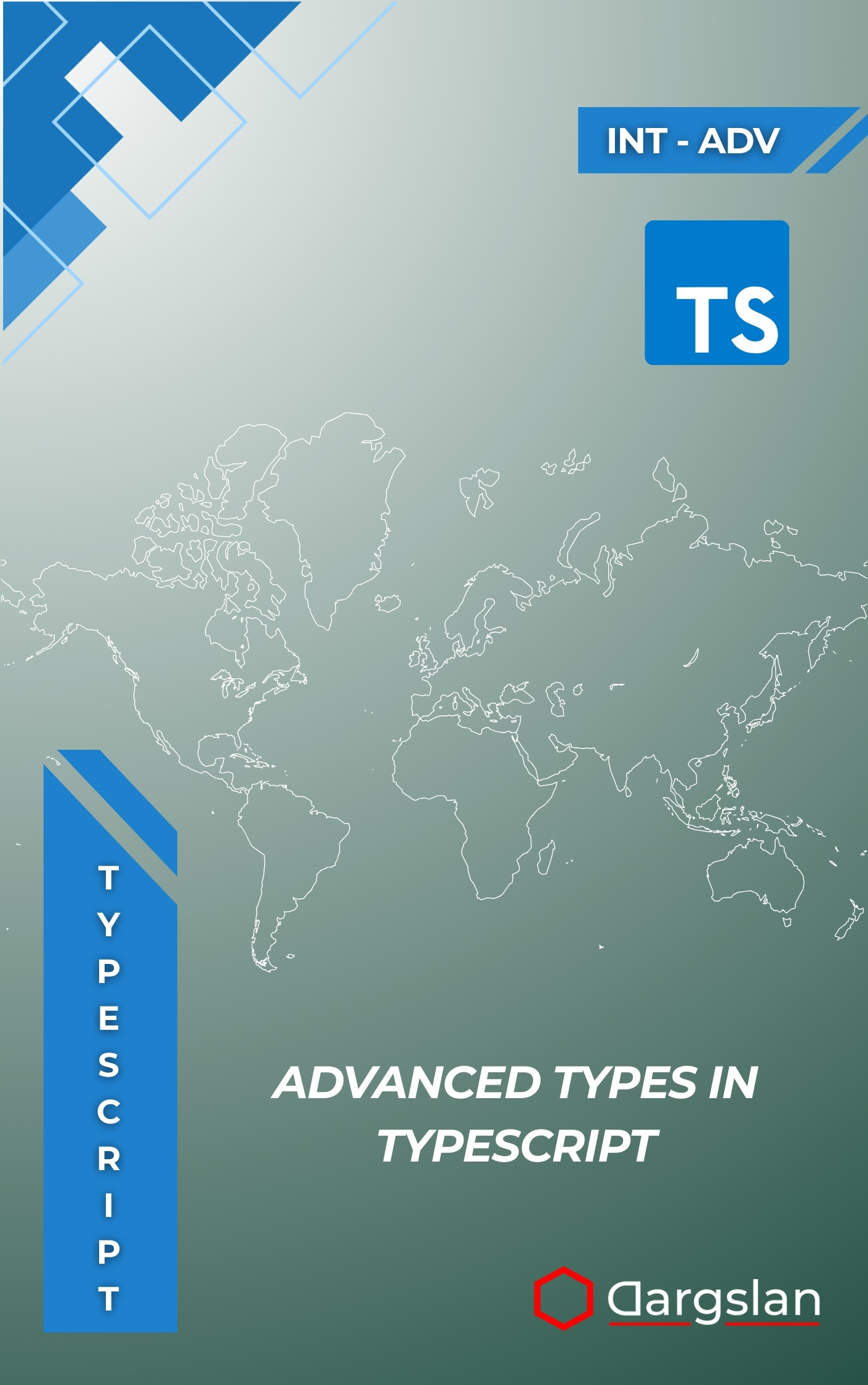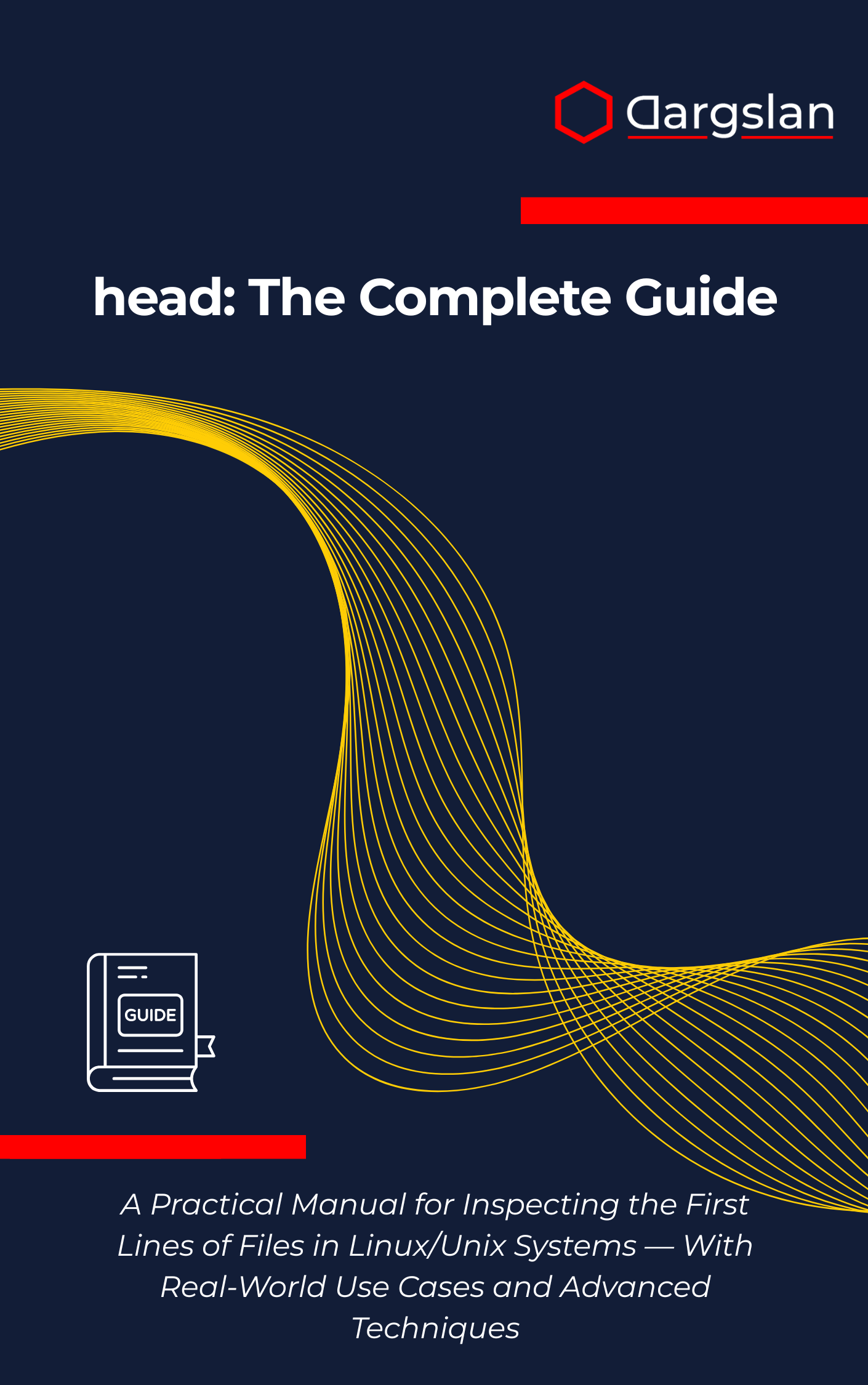Firewall Configuration: The Complete Guide
Firewall Configuration: The Complete Guide,Configure and secure Linux firewalls for modern system protection.

Your network doesn’t forgive guesswork. Whether you’re securing a personal workstation, a mission-critical server, or a cloud-native platform, you need a firewall strategy that’s precise, repeatable, and future-ready.
This expert resource distills Linux firewall complexity into practical, step-by-step mastery—so you can design, deploy, and maintain rulesets with confidence across any environment.
Mastering Linux Firewalls with iptables, firewalld, nftables, and UFW for Local, Server, and Cloud Security
Overview
Firewall Configuration: The Complete Guide is a comprehensive roadmap to Linux network defense, covering iptables, firewalld, nftables, and UFW from fundamentals to advanced production use. You’ll build a solid grounding in packet flow, interfaces, and policies, then progress to hands-on rule building, deployment patterns, and operational upkeep. The result is clear, durable skill in securing Linux systems across local machines, data centers, and cloud workloads.
Through real-world scenarios, you’ll master iptables configuration for low-level control, firewalld zone management for dynamic and context-aware rules, nftables rule syntax for efficient, modern filtering, and UFW administration for fast, reliable policy enforcement. The book demonstrates web server security, workstation hardening, multi-interface networking, and cloud firewall strategies that align with DevOps workflows. You’ll also explore Docker security, Kubernetes network policies, firewall monitoring, troubleshooting techniques, automation with Ansible, SELinux integration, and enterprise security implementations—making this both an IT book and a practical programming guide as well as a thorough technical book you’ll reference daily.
Who This Book Is For
- System administrators who need a proven blueprint for building and maintaining robust Linux firewalls across laptops, servers, and virtual machines—with confidence in both stability and scalability.
- Developers and DevOps engineers seeking to understand application paths, ports, and policies—so services ship with secure defaults and pass compliance checks the first time.
- Security professionals and career upgraders ready to strengthen resumes and interview performance—gain hands-on expertise that maps directly to incident response and enterprise hardening.
Key Lessons and Takeaways
- Design context-aware policies using zones and interfaces—apply firewalld zones for services, management, and isolated networks, while mixing nftables sets for high-performance filtering and fine-grained access control.
- Build repeatable rulesets for real workloads—protect web stacks with iptables and UFW, control east-west traffic on multi-interface hosts, secure Docker bridges, and align with Kubernetes network policies for containerized deployments.
- Operate at production quality—monitor firewall events, troubleshoot packet flow confidently, automate with Ansible and systemd, and integrate SELinux for layered, enterprise-grade defense-in-depth.
Why You’ll Love This Book
It blends clarity with depth: concise explanations, annotated examples, and repeatable patterns that translate directly into real environments. Each chapter delivers hands-on labs and decision checklists, helping you choose the right tool—iptables, firewalld, nftables, or UFW—based on performance, policy complexity, and team workflow.
The coverage is end-to-end: from baseline networking and policy design to monitoring, troubleshooting, automation, and cloud-native security. You’ll learn not just how to write rules, but how to operate them reliably at scale.
How to Get the Most Out of It
- Follow the recommended path: start with networking fundamentals, then study each firewall framework in turn—iptables, firewalld, nftables, and UFW—before tackling the real-world scenarios and cloud sections.
- Apply concepts in layers: first secure a single-host workstation, then a web server, then a multi-interface system, and finally containerized and cloud environments. Document policies and validate them with test traffic and logs.
- Practice with mini-projects: write an nftables ruleset for a reverse proxy, implement firewalld zone management for staging and production, harden Docker networks, and codify policies using automation with Ansible for repeatable deployments.
Get Your Copy
Ready to turn firewall theory into dependable, production-grade practice? Build confidence, ship securely, and strengthen your professional toolkit with a guide you’ll reference for years.




